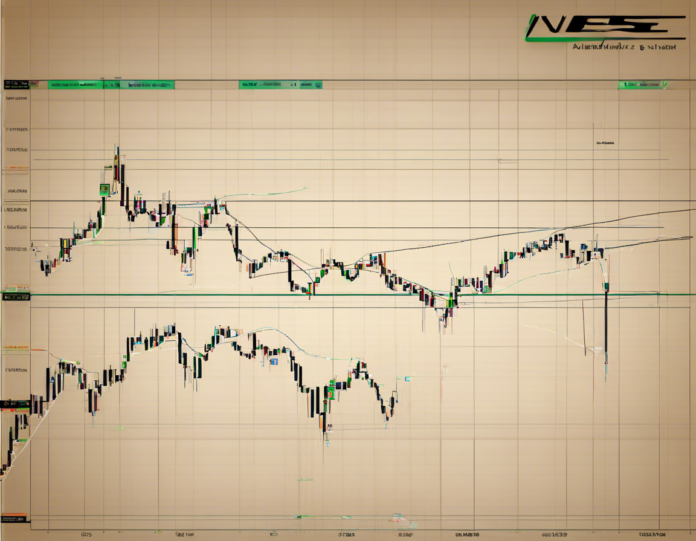As an investor or trader in the stock market, it is crucial to be well-informed about various aspects, including specific indexes that play a significant role in the market. One such index is the NSE ATGL (Nifty Alpha 50 Total Returns Index). This index is relatively new but has been gaining attention for its unique features and benefits to investors. In this article, we will delve into all aspects of the NSE ATGL, including its composition, calculation methodology, performance, and how it differs from other popular indexes like the Nifty 50. Let’s explore everything you need to know about the NSE ATGL.
Introduction to NSE ATGL
The NSE ATGL, also known as the Nifty Alpha 50 Total Returns Index, was launched by the National Stock Exchange (NSE) in 2019. This index is designed to track the performance of select high alpha stocks listed on the NSE. Alpha, in the context of finance, refers to the excess return of an investment relative to the return of a benchmark index. In simple terms, high alpha stocks are those that have the potential to outperform the broader market.
Composition of NSE ATGL
The NSE ATGL comprises 50 high alpha stocks from various sectors listed on the NSE. These stocks are selected based on criteria such as consistent growth, strong financial performance, and potential for high returns. The index is weighted based on the free float market capitalization of each stock, giving higher weightage to companies with larger market capitalization.
Calculation Methodology
The NSE ATGL is calculated using the total return approach, which takes into account not just the price appreciation of the stocks but also dividends and other distributions. This provides a more comprehensive view of the overall returns generated by the index constituents. The index is rebalanced periodically to ensure that the composition remains reflective of the high alpha stocks in the market.
Performance and Benefits
The NSE ATGL has shown promising performance since its inception, outperforming traditional indexes like the Nifty 50 in certain periods. Investors who are looking for exposure to high alpha stocks and potentially higher returns may find the NSE ATGL attractive. Additionally, the total returns approach adopted by the index provides a more accurate representation of the actual returns generated by the constituent stocks.
Differences from Nifty 50
While the NSE ATGL and the Nifty 50 are both indexes that track the performance of stocks listed on the NSE, they have key differences. The Nifty 50 comprises the top 50 large-cap stocks based on market capitalization, representing diverse sectors of the economy. In contrast, the NSE ATGL focuses specifically on high alpha stocks, which may not necessarily be the largest companies but have the potential for higher returns.
How to Invest in NSE ATGL
Investing in the NSE ATGL can be done through various financial products such as index funds, exchange-traded funds (ETFs), or structured products that track the performance of the index. Investors can also opt for direct investment in the constituent stocks of the index based on their risk appetite and investment goals.
Frequently Asked Questions (FAQs)
1. What is the criteria for selecting stocks in the NSE ATGL?
– Answer: Stocks are selected based on criteria such as consistent growth, strong financial performance, and potential for high returns.
2. How often is the NSE ATGL rebalanced?
– Answer: The index is rebalanced periodically to ensure that the composition reflects the high alpha stocks in the market.
3. What is the total return approach used by the NSE ATGL?
– Answer: The total return approach considers not only price appreciation but also dividends and other distributions, providing a more comprehensive view of overall returns.
4. How does the NSE ATGL differ from the Nifty 50 index?
– Answer: The NSE ATGL focuses on high alpha stocks, while the Nifty 50 comprises the top 50 large-cap stocks based on market capitalization.
5. Are there any investment products that track the NSE ATGL?
– Answer: Yes, investors can invest in the NSE ATGL through index funds, ETFs, or structured products that track the performance of the index.
In conclusion, the NSE ATGL offers investors a unique opportunity to gain exposure to high alpha stocks and potentially higher returns. By understanding the composition, calculation methodology, and performance of the index, investors can make informed decisions about including the NSE ATGL in their investment portfolio. Make sure to conduct thorough research and seek advice from financial experts before making any investment decisions in the stock market.





